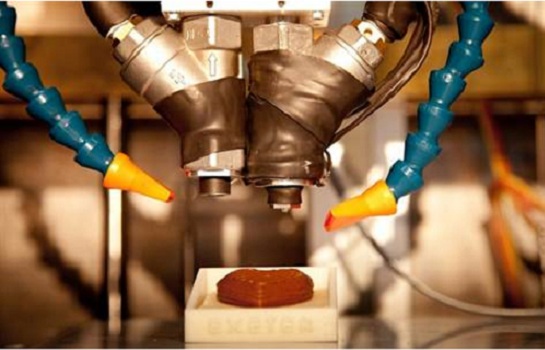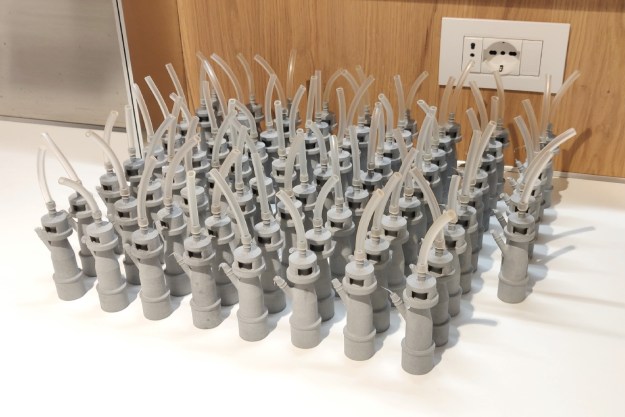 Chocolate: its a helluva drug. If you’re a fellow chocoholic, you’ll be ecstatic to learn that researchers in the UK are developing 3D printing technology that will allow you to have your own little chocolate factory.
Chocolate: its a helluva drug. If you’re a fellow chocoholic, you’ll be ecstatic to learn that researchers in the UK are developing 3D printing technology that will allow you to have your own little chocolate factory.
The project is funded partially by the UK Cross-Research Program, managed by the ESPRC and being led by the University of Exeter along with the University of Brunel and Software developer Delcam. The 3D chocolate printer is only in prototype form at the moment but many companies have already expressed interest.
Consumers will soon be able to design custom products on their computers and then reproduce those designs in three dimensional chocolatey form. Research lead at Exeter University Dr Liang Hao said: “In the long term it could be developed to help consumers custom- design many products from different materials but we’ve started with chocolate as it is readily available, low cost and non-hazardous. There is also no wastage as any unused or spoiled material can be eaten of course!
3D printing uses materials to build up objects in thin successive layers. The technology currently uses plastic and metal to create products, and though the BBC points out that food printers using liquefied edibles as ink have been designed—chocolate is a first. Chocolate being a unique and ornery material to work with required the team to find a way to incorporate accurate heating and cooling cycles and integrate that with flow rates for the the 3D printing process.
Along with the hardware, a consumer-friendly interface is being developed for users to design their 3D chocolatey dreams. Researchers are planning for online retail business’ to host websites where users can upload designs to share and build upon.
ESPRC’s Chief Executive Professor Dave Delpy said, “By combining developments in engineering with the commercial potential of the digital economy we can see a glimpse into the future of new markets – creating new jobs and, in this case, sweet business opportunities.”
Editors' Recommendations
- 3DMakerpro’s Seal is a pocket-sized scanner to make next-gen precision 3D prints
- Need a last-minute Halloween costume? Check out these 3D-printable getups
- The future of making stuff: Inside the evolution of 3D printing with Formlabs
- Father’s Day Gift Idea: These cheap 3D printers are on sale for less than $300
- 3D printing lets hospitals make ventilator substitutes with common equipment


